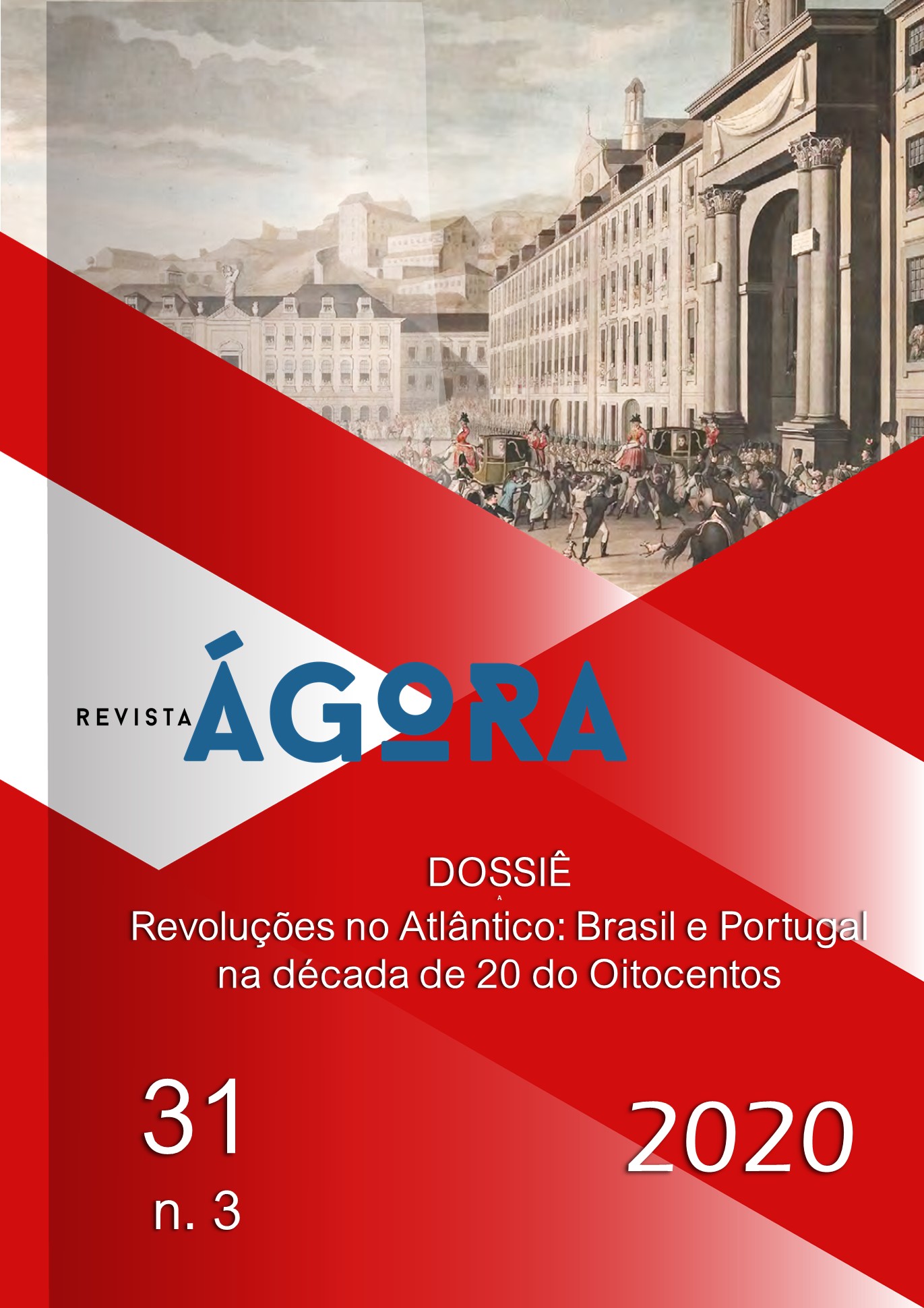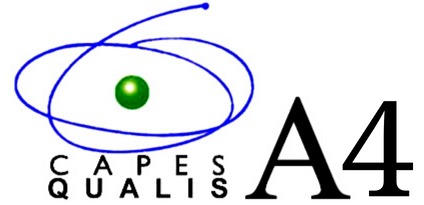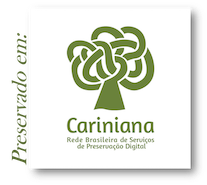Suvorov (1940), de Pudovkin: o cinema soviético e o conservadorismo no exército vermelho
DOI:
https://doi.org/10.47456/e-2020310306Keywords:
Pudovkin, Suvorov, Realismo socialista, Sócio-história cinematográficaAbstract
Through the bibliographic survey of the historiographies of the Western allies and the official Soviet historiography, we sought to highlight the transformations and contentious interpretations provided by both sides during the Cold War and beyond this for one of the episodes that announced the new reality of a combined Cold War replacing the ongoing conflict. The exchange of accusations and inversions of narratives, if contained at first, led the historiographic works of the subsequent decades. The conduct of the Uprising allowed the elaboration of justifications for the dominant geopolitical framework. Poland's fate remained unchallenged by the reality of the forces' disposition, but not in their morality. It allowed the accusation of the treacherous and authoritarian nature formulated by both sides to the political-economic-ideological rival, masking mutually imperial interests.
Downloads
References
Fontes
PUDOVKIN, Vsevolod. Suvorov (108 minutos). Mosfilm: 1940.
Obras Gerais
BAZIN, André. O mito de Stálin no Cinema Soviético. In: BAZIN, André. O que é o Cinema? São Paulo: Cosac Naify, 2014.
BRANDENBERGER, D. National Bolshevism: Stalinist mass culture and the formation of modern Russian national identity, 1931-1956. Cambridge: Harvard University Press, 2002.
BROWN, A. The Rise and Fall of Communism. Londres: HarperCollins, 2010.
BURKE, P. Testemunha ocular: história e imagem. Bauru: EDUSC, 2004.
CAPELATO, M. H. et al. História e cinema. São Paulo: Alameda, 2011.
CHARTIER, R. A história hoje: Dúvidas, desafios, propostas. Estudos Históricos, vol. 13, n.7, p.97-113. Rio de Janeiro, 1994.
CHARTIER, R. Do livro à leitura. In: CHARTIER, R. (Org.). Práticas da leitura. Brasília: Estação Liberdade, 1996.
DARNTON, R. Cinema: Danton e o duplo sentido. In:____. O beijo de Lamourette: mídia, cultura e revolução. São Paulo: Companhia das Letras, 1990.
____. O diabo na água benta. São Paulo: Companhia das Letras, 2012.
DOBRENKO, E. Stalinist cinema and the production of history. Edinburgo: EUP, 2008.
FERRO, M. Cinema e História. São Paulo: Paz e Terra, 1992.
____. O filme: uma contra-análise da sociedade?. In: LE GOFF, J.; NORA, P (Org.). História: novos objetos. Rio de Janeiro: Francisco Alves, 1976.
FURMHAMMAR, L.; ISAKSSON, F. Cinema e política. Rio de Janeiro: Paz e Terra, 2003.
GIBELLI, N. A Segunda Guerra Mundial. Vol. 3. Rio de Janeiro: Codex, 1966.
KAMINSKI, R. Da narração literária às telas do cinema: camadas de sentido alegórico em A Guerra dos Pelados. História Questões & Debates, v. 44, p.87-114. Curitiba, 2006.
KENEZ, P. Cinema and Soviet society, 1917-1953. Cambridge: Cambridge Press, 1992.
LABARRÉRE, A. Z. Atlas del cine. Madrid: AKAL, 2009.
LAWTON, A. (Org.). The Red screen. Londres: Routledge, 1992.
LEWIN, M. O fenômeno Gorbachev. Rio de Janeiro: Paz e Terra, 1988.
____. O século soviético. Rio de Janeiro: Record, 2007.
LEYDA, J. Kino: a history of the Russian and Soviet film. Princeton: Princeton University Press, 1983.
LIEVEN, Dominic. Rússia contra Napoleão: a batalha pela Europa de 1807 a 1814. Barueri: Amarilys, 2014.
MARCOU, L. A vida privada de Stálin. Rio de Janeiro: Zahar, 2013.
MARSHALL, H. Masters of the Soviet Cinema. Abingdon: Routledge, 2013.
MEDVEDEV, Z.; MEDVEDEV, R. Um Stalin desconhecido. Rio de Janeiro: Record, 2006.
MILLER, J. Soviet cinema. Londres: IB. Tauris, 2010.
MONTEFIORE, Simon Sebag. Os Románov: 1613-1918. São Paulo: Companhia das Letras, 2016.
MORETTIN, E. V. O cinema como fonte histórica na obra de Marc Ferro. História: Questões & Debates, v. 20, n.38, p. 11-42. Curitiba, 2003.
NAVARRETE, E. O cinema como fonte histórica: diferentes perspectivas teórico-metodológicas. Revista Urutágua, n.16, p. 1-7. Maringá, 2008.
OLIVEIRA, D. O cinema como fonte para a história. Fontes históricas: métodos e tipologias, 2008, Curitiba. III Evento de Extensão em Pesquisa Histórica, 2008.
PERRIE, M.; LIEVEN, D.; SUNY, R. G. (Org). The Cambridge History of Russia. Cambridge: Cambridge University Press, 2006.
POSPELOV, P. La Gran Guerra Patria de la URSS. Progreso: Moscou, 1975.
RADOVIC, Stanka. On the threshold: Terrain vague as living space in Andrei Tarkovsky’s Stalker. In: BARRON, P.; MARIANI, M (Org.). Terrain Vague. Nova York: Routledge, 2014.
ROLLBERG, Peter. Historical dictionary of Russian and Soviet cinema. Lanham: Scarecrow Press, 2009.
ROSENSTONE, R. History on Film/Film on History. Harlow: Pearson, 2006.
SORLIN, P. La storia nei film. Firenze: La Nuova Itália, 1984.
TAYLOR, R.; SPRING, D. Stalinism and Soviet cinema. Nova York: Routledge, 1993.
THOMPSON, E. P. Costumes em Comum. São Paulo: Cia. das Letras, 1998.
VALIM, A. B. Imagens vigiadas: uma História Social do Cinema no alvorecer da Guerra Fria – 1945-1954. 324 f. Tese (Doutorado em História), Universidade Federal Fluminense, Niterói, 2006.
VOLKOGONOV, Dmitri. Stalin: triunfo e tragédia. Rio de Janeiro: Nova Fronteira, 2004.
WERTH, Alexander. A Rússia na Guerra. Rio de Janeiro: Civilização Brasileira, 1966.
XAVIER, I. (Org.). A Experiência do cinema. Rio de Janeiro: Graal/Embrafilme, 1983.
Downloads
Published
How to Cite
Issue
Section
License
Copyright (c) 2021 Ágora Journal

This work is licensed under a Creative Commons Attribution-ShareAlike 4.0 International License.
Revista Ágora (Vitória) © 2005 by Universidade Federal do Espírito Santo is licensed under Attribution-ShareAlike 4.0 International























